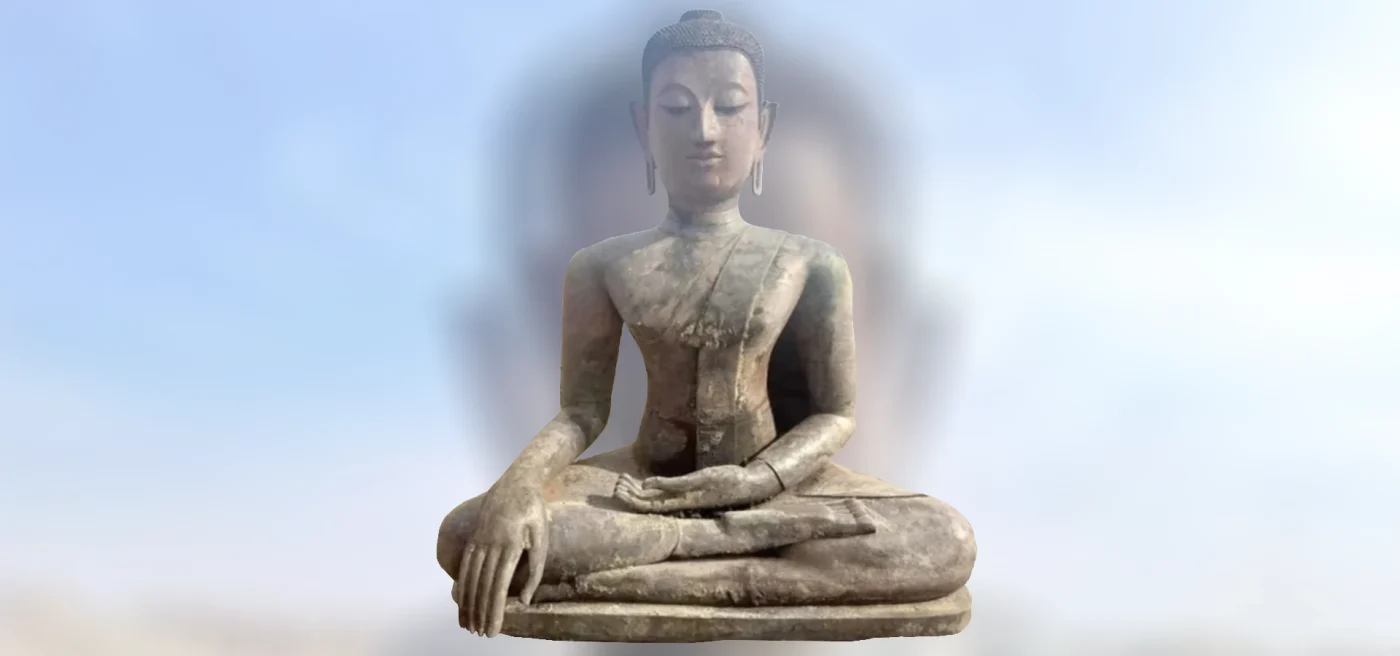In Laos, a nation often celebrated for its rich cultural tapestry and serene landscapes, two recent developments have captured public attention: the discovery of ancient artifacts in Bokeo Province and a renewed push to enhance food safety standards across the country. These stories, while seemingly disparate, reflect Laos’ dual focus on preserving its historical legacy and modernizing public health systems for a growing population and tourist influx.
Ancient Treasures Unearthed in Bokeo
In the northern reaches of Laos, near the borders of Thailand and Myanmar, archaeologists have uncovered a significant find in Bokeo Province. A Buddha statue, believed to date back several centuries, along with other ancient artifacts, emerged from an excavation site that has drawn interest from historians and cultural enthusiasts alike. The discovery, reported by local authorities, underscores the region’s historical importance as a crossroads of Buddhist traditions in Southeast Asia.
The statue, intricately carved and partially intact, is thought to belong to the Lan Xang Kingdom, a powerful Lao state that flourished between the 14th and 18th centuries. Alongside the statue, pottery shards and stone tools were unearthed, offering potential insights into the daily life and spiritual practices of ancient inhabitants. While experts have yet to confirm the exact age of the artifacts, preliminary assessments suggest they could provide a deeper understanding of Bokeo’s role in regional trade and cultural exchange.
Local communities have expressed a mixture of pride and curiosity about the find. “This is our heritage, something that connects us to our ancestors” said a village elder from the area. Authorities have pledged to protect the site from looting or damage, with plans to collaborate with international experts for further study. As research unfolds, questions linger about how these artifacts will be preserved and whether they might eventually be displayed in a national museum, perhaps in Vientiane or Luang Prabang, to educate both locals and visitors.
The discovery also raises broader questions about cultural preservation in Laos, a country where rapid development and tourism often clash with the need to safeguard historical sites. Bokeo, known for its Golden Triangle Special Economic Zone, has seen increased investment in recent years, sometimes at the expense of environmental and cultural resources. If managed responsibly, this find could serve as a catalyst for sustainable tourism initiatives that benefit local communities while protecting their heritage.
Food Safety: A Modern Priority
Meanwhile, across urban centers like Vientiane and tourist hubs like Luang Prabang, the Lao government is intensifying efforts to improve food safety standards. This initiative, driven by the Ministry of Health in collaboration with international partners, aims to address longstanding concerns about foodborne illnesses and contamination, particularly in markets and street food stalls that are a staple of Lao cuisine and a draw for visitors.
Recent inspections have revealed inconsistencies in hygiene practices, prompting authorities to roll out stricter regulations and training programs for vendors. The focus is on ensuring safe handling of raw ingredients, proper storage, and regular health checks for food handlers. “We want to protect our people and also assure tourists that Lao food is not only delicious but safe” said a ministry spokesperson. The government has also introduced penalties for non-compliance, though officials emphasize that education and support for small-scale vendors are the primary goals.
These measures come at a critical time for Laos, which has seen a steady rise in tourism over the past decade. With international visitors flocking to sample local delicacies like tam mak hoong (spicy papaya salad) and khao jee (grilled sticky rice), ensuring food safety is not just a public health issue but an economic one. A single outbreak could tarnish the country’s reputation as a culinary destination, impacting livelihoods dependent on tourism revenue.
Public response to the initiative has been largely positive, though some vendors worry about the cost of compliance. For instance, upgrading equipment or attending mandatory training sessions could strain the budgets of small businesses already operating on thin margins. The government has promised subsidies and phased implementation to ease the transition, but whether these assurances will materialize remains to be seen.
Balancing Heritage and Progress
The dual narratives of cultural discovery and public health reform highlight Laos’ unique position as a nation straddling its storied past and an ambitious future. On one hand, the Bokeo artifacts remind us of the deep historical roots that shape Lao identity, offering a tangible link to centuries of tradition. On the other, the push for food safety reflects a pragmatic response to modern challenges, ensuring that growth does not come at the expense of well-being.
Both stories also underscore the importance of community involvement. In Bokeo, local voices will be crucial in deciding how the artifacts are preserved and shared with the world. Similarly, the success of food safety reforms hinges on the cooperation of vendors and consumers alike, who must adapt to new standards while maintaining the vibrant street food culture that defines Lao social life.
As Laos navigates these parallel paths, the interplay between preserving history and embracing modernization will likely define its trajectory in the years ahead. For now, the unearthed treasures of Bokeo and the promise of safer dining experiences offer a glimpse into a nation committed to honoring its past while building a healthier, more sustainable future.















